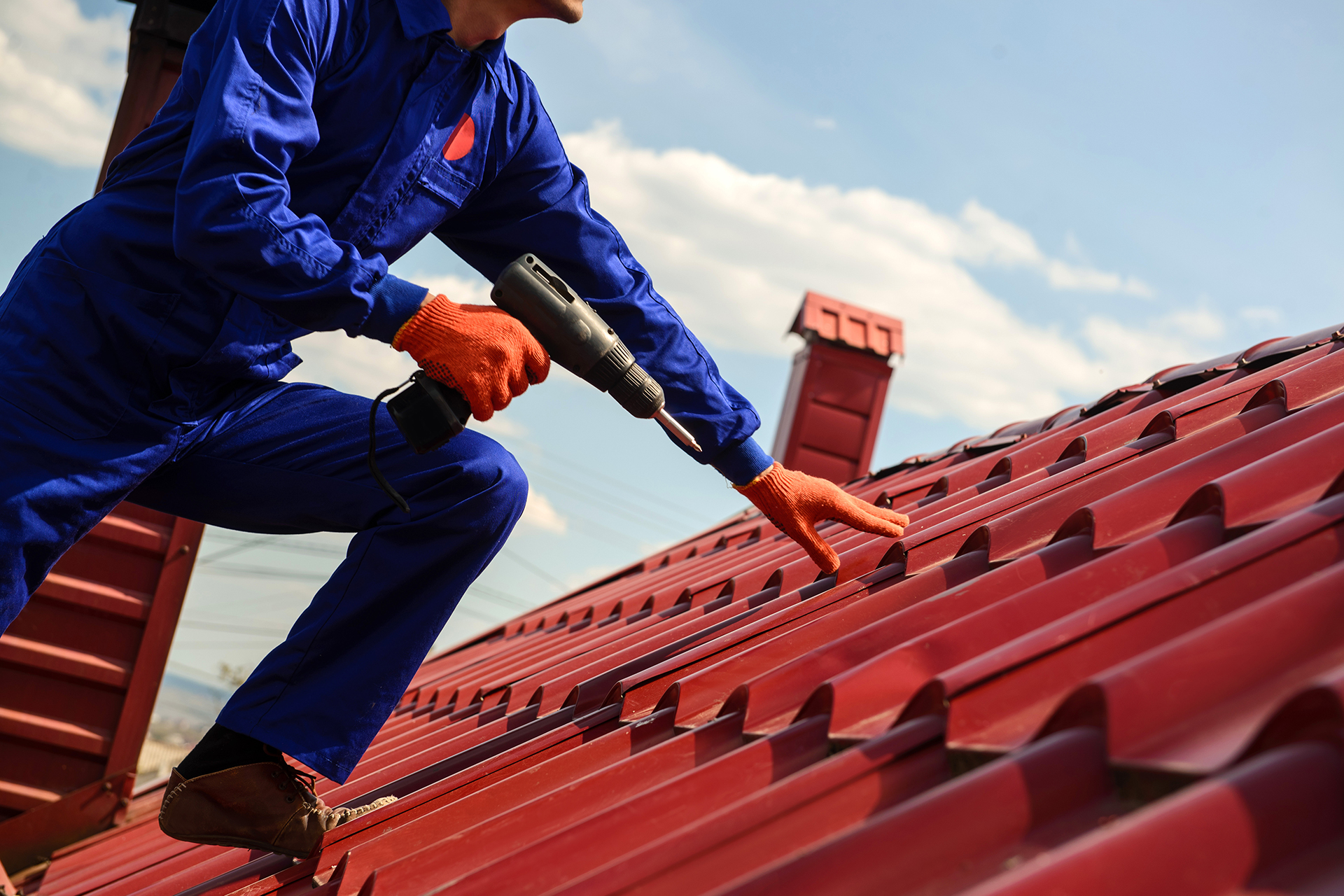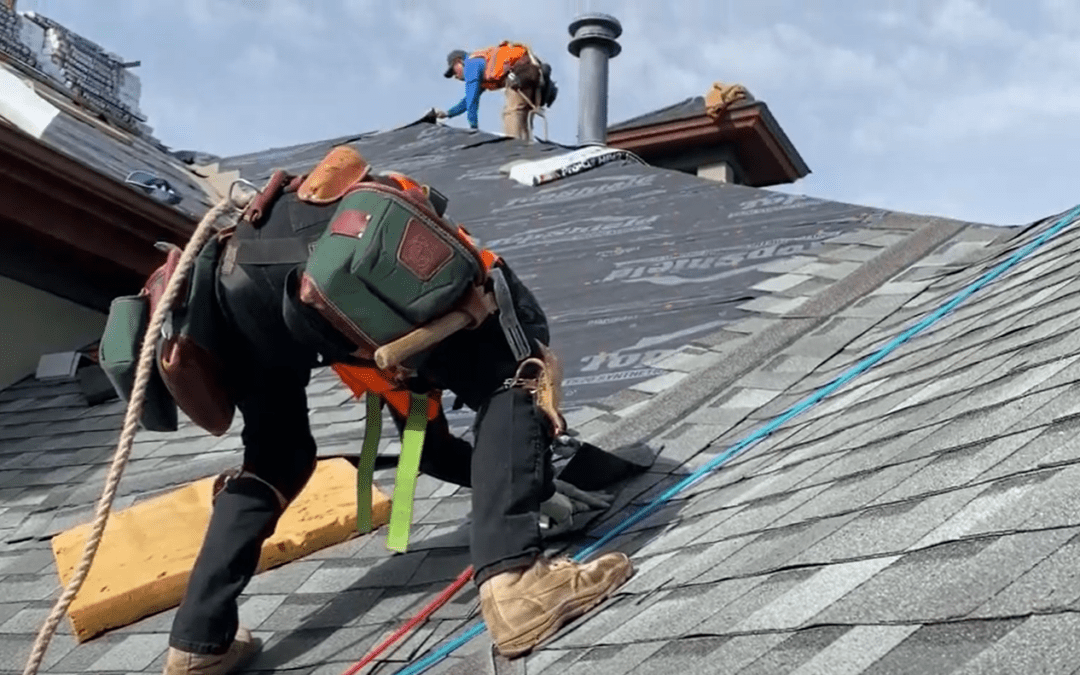Contact a top-rated Toledo Roofer for efficient roofing services.
Contact a top-rated Toledo Roofer for efficient roofing services.
Blog Article
Exactly How to Evaluate Various Roof Alternatives for Your Building Requirements
Reviewing roof covering choices for your building calls for a detailed approach that takes into consideration different elements such as the intended use the framework, neighborhood climate problems, and material attributes. It is necessary to consider the benefits and disadvantages of different roofing types, from asphalt tiles to steel and clay ceramic tiles, while additionally factoring in first prices and lasting upkeep. Furthermore, comprehending energy performance and visual charm can influence your choice. As you consider these factors to consider, one concern remains: which factors will ultimately guide your selection for a sustainable and visually pleasing roofing remedy?
Examining Your Building's Demands
To properly assess roof covering options, begin by extensively assessing your structure's needs. Begin by thinking about the building's planned use, as various frameworks may require differing roofing specs. For example, residential roofs typically prioritize looks and insulation, while commercial structures may concentrate on durability and load-bearing capability.
Following, assess the neighborhood environment conditions that will impact roofing efficiency. Factors such as temperature fluctuations, rainfall degrees, and wind patterns can influence material selection and layout. A roof that succeeds in a warm climate might not do as well in areas vulnerable to heavy snowfall or severe warm.
Furthermore, assess the architectural stability of your structure. Make sure that the existing framework can sustain the picked roof products, especially if taking into consideration larger options. It is additionally essential to examine any regional building codes or laws that may determine particular requirements for roof systems.

Contrasting Roof Covering Products
As soon as a comprehensive assessment of your building's needs has been finished, the following action entails contrasting different roof materials. Each material offers distinct benefits and negative aspects, making it necessary to straighten your selection with your details demands and circumstances.
Asphalt tiles are extensively identified for their cost and simplicity of installation, making them a preferred alternative for property buildings. On the other hand, steel roof, understood for its sturdiness and longevity, can withstand rough weather but might come with a greater preliminary investment.
Clay and concrete floor tiles supply superb thermal insulation and visual charm, particularly for Mediterranean-style design, yet they require a more robust architectural support due to their weight. Timber drinks deal a natural appearance and good insulation homes but may require much more upkeep and are at risk to fire hazards.
Assessing Cost and Budget
Analyzing your roofing alternatives requires a careful evaluation of price and budget factors to consider. The overall allocate a roofing project makes up several elements, including material costs, labor expenditures, upkeep, and prospective long-lasting cost savings. It is necessary to establish a clear spending plan prior to exploring details roofing products, as this will certainly lead the decision-making process and help you prevent overspending.
Begin by getting quotes from several professionals to comprehend labor prices in your area. Make sure that these price quotes include all necessary services, such as elimination of the old roofing, setup, and any kind of extra functions, like insulation or air flow enhancements - Perrysburg Roofer. Next, analyze the expense of different roof materials, taking into consideration both preliminary setup expenses and expected life expectancy

Comprehending Power Performance
Power performance plays an essential function in the choice of roof products and systems, significantly influencing both energy consumption and overall comfort within a building. A well-chosen roofing system can improve thermal performance, decreasing the requirement for heating and cooling systems, which consequently investigate this site reduces energy bills and minimizes environmental impact.
When reviewing roof options, take into consideration products that reflect instead than take in heat. In addition, appropriate insulation and air flow are necessary to enhance the power performance of the entire roof covering system.
An additional crucial element is the roof covering system's durability and upkeep demands. Long lasting materials that require much less frequent substitute contribute to long-lasting energy cost savings. Additionally, the power effectiveness of a roof covering system can likewise be assessed with its conformity with recognized sustainability ratings such as ENERGY CELEBRITY or LEED.
Considering Visual Allure
A roofing's visual appeal substantially affects the overall useful reference appearance of a structure, enhancing its architectural style and improving aesthetic appeal. Roofing Contractor. When reviewing roof options, it is necessary to consider exactly how the picked material, color, and layout will integrate with the existing structure and neighborhood. A well-designed roofing can boost also the simplest of buildings, changing them into aesthetic focal factors
Various roofing materials provide different visual high qualities. Standard roof shingles may evoke a traditional appeal, while steel roofing can give a contemporary, sleek appearance. In addition, the shade of the roof covering product plays a crucial duty; lighter tones can make a structure show up more roomy, while darker tones may create a cozier setting.
Moreover, building aspects, such as dormers and eaves, can improve the roofing system's visual impact. have a peek at this website It is advisable to seek advice from professional developers or engineers to make certain the picked roof choice straightens with the general layout intent. Inevitably, a roof should not just supply useful advantages yet additionally add positively to the structure's aesthetic, reflecting the proprietor's preference and the character of the surrounding atmosphere.
Conclusion

Report this page